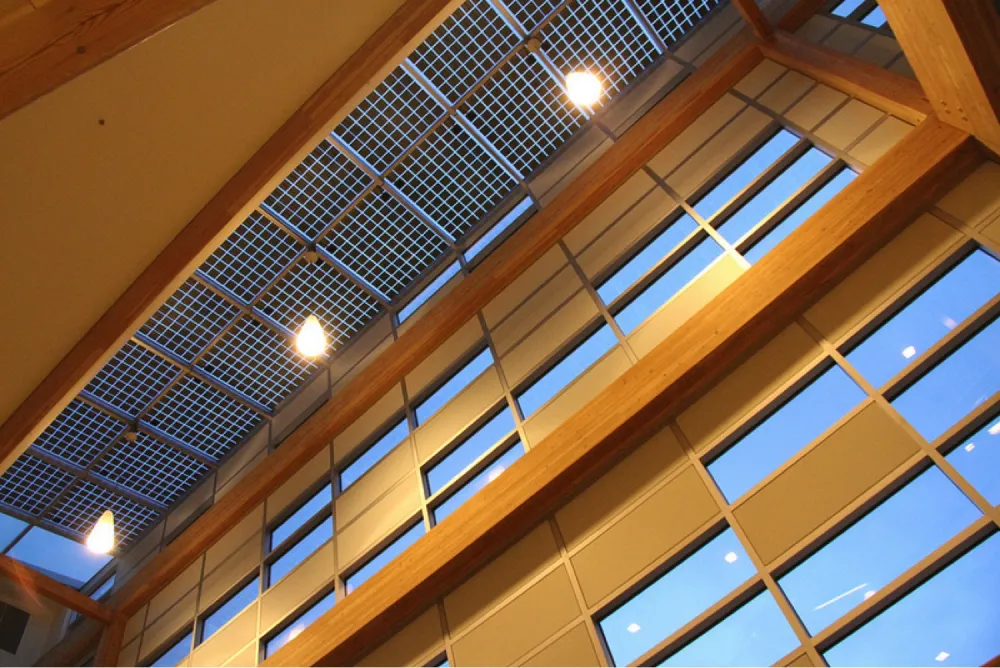One year ago British Columbia, Washington, Oregon and California signed the Pacific Coast Action Plan on Climate and Energy that included a commitment to “transform the market for energy efficiency and lead the way to ‘net-zero’ buildings.” With the release of a 2014 Annual Progress Summary, it’s a good time to ask how B.C. has fared in keeping this promise.
As noted in the Progress Summary, the B.C. government has taken steps toward establishing an energy efficient building stock, including requiring government buildings to be LEED Gold certified and (most recently) increasing energy performance requirements in the Building Code. But other actions — or lack thereof — make it clear that B.C. needs an overall energy efficiency strategy leading toward increased development of net-zero buildings.
B.C. risks falling behind
For example, earlier this year the B.C. government ended its LiveSmart program. And while energy efficiency requirements in the provincial Building Code have been updated, these changes were six years in the making.
No announcement has been made as to when the next update to the Code might come or what level of performance it might target. Nor do we have a provincial vision or strategy articulating how B.C. will move toward net-zero buildings, long-term targets or a transparent process to get there.
Compare this to California’s commitment to reach net-zero by 2020 for new residential buildings and 2030 for new commercial buildings, with three-year Code revision cycles set to take them there. In Washington, the State Code Council and the Department of Commerce are also moving fast to develop energy standards that will lead to a 70 per cent reduction in building energy use by 2030.
As a signatory to the Pacific Coast Action Plan, B.C. is at risk of falling behind its partners when it comes to moving toward net-zero buildings.
A climate opportunity for B.C.
A strategic approach to increasing energy efficiency in buildings could lead to significant reductions in carbon pollution across the province and play a central role in B.C.’s revised climate strategy — Climate Action Plan 2.0.
B.C. could build on the legacy of the 2008 Energy Efficient Buildings Strategy and should align its approach with the commitments made in the Pacific Coast Action Plan. It should clearly define B.C.’s net-zero building objective, set targets and articulate a pathway including short-term actions. The Province should also address the five buildings resolutions endorsed by local governments at the Union of B.C. Municipalities convention this year and consider no-regret actions that could be taken in 2015 to advance them.
With both local governments and Pacific Coast states pushing forward with energy-efficiency policy innovation, the Province has partners with whom it can advance the net-zero commitment, ensuring a lasting legacy in our built housing stock for generations to come.









